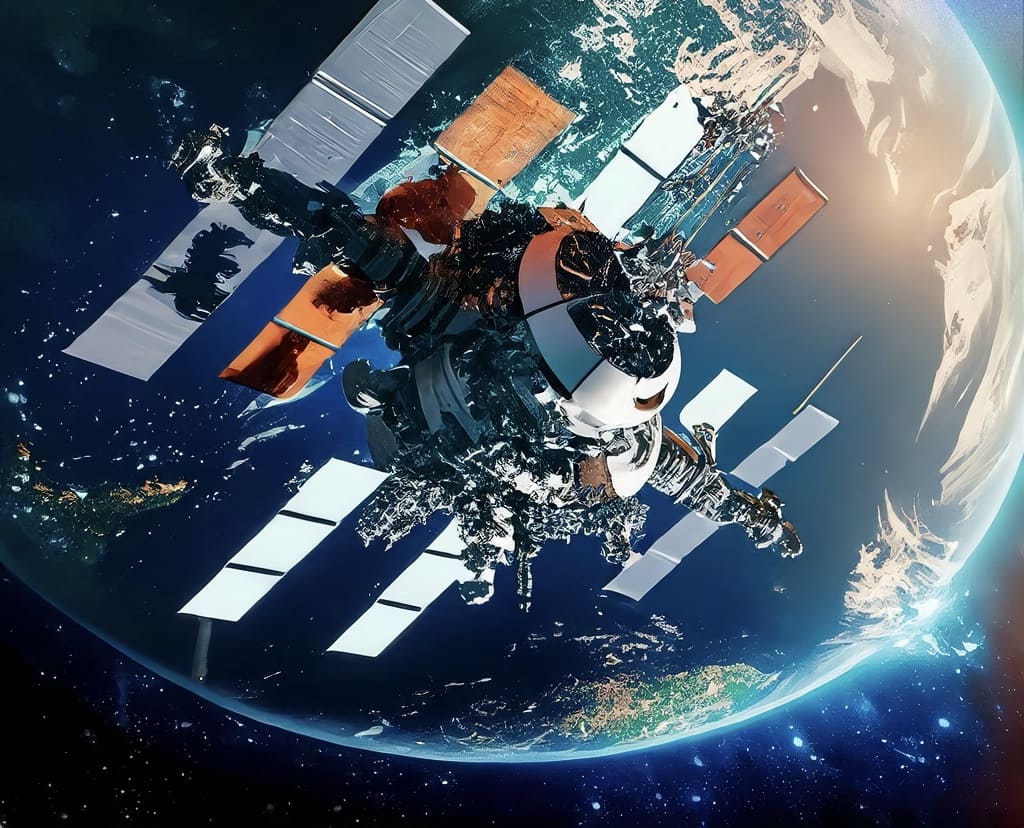 Look up at the night sky, and amidst the shimmering stars, you may catch a glimpse of a silent sentinel circling our planet—the artificial satellite. In this awe-inspiring article, we embark on a cosmic exploration of the myriad possibilities unleashed by these orbiting marvels.
Look up at the night sky, and amidst the shimmering stars, you may catch a glimpse of a silent sentinel circling our planet—the artificial satellite. In this awe-inspiring article, we embark on a cosmic exploration of the myriad possibilities unleashed by these orbiting marvels.
Imagine a world without global communication networks. A world where information does not flow effortlessly across continents and oceans. Thanks to artificial satellites, we now inhabit a planet woven together by invisible threads of connectivity. From satellite phones to internet access, these technological wonders have bridged the gaps between nations, fostering global communication and uniting humanity like never before.
But the scope of artificial satellites extends far beyond mere communication. Navigation systems such as GPS have become an indispensable part of our daily lives, guiding us through unfamiliar cities and ensuring the precision of countless operations. Whether it's finding our way home or charting a course across the vast oceans, these celestial navigators have revolutionized our relationship with space and time.
In the realm of weather monitoring, artificial satellites play a crucial role. With their watchful eyes, they survey the Earth's atmosphere, providing invaluable data on weather patterns, storm systems, and climate changes. Armed with this knowledge, meteorologists can issue timely warnings, enabling us to prepare for hurricanes, droughts, and other natural phenomena. The information collected by these satellites also fuels scientific research, advancing our understanding of climate science and shaping policies to mitigate the impacts of global environmental challenges.
Beyond Earth, artificial satellites extend our reach into the cosmos. Observatories in space offer an unobstructed view of the universe, free from the distortions caused by Earth's atmosphere. From the Hubble Space Telescope to the James Webb Space Telescope, these orbiting observatories capture breathtaking images and collect data that unravel the mysteries of distant galaxies, black holes, and the origins of our universe itself. They are our windows to the cosmos, expanding the frontiers of knowledge and igniting our curiosity about the vastness of the unknown.
Moreover, artificial satellites facilitate disaster management and humanitarian aid efforts. In times of crisis, they provide real-time imagery and communication links that enable rapid response and coordination. They assist in mapping disaster-stricken areas, tracking the movements of storms, and delivering critical information to those in need. With their help, we can save lives, alleviate suffering, and rebuild communities in the aftermath of natural disasters.
As we gaze at the artificial satellites that adorn the heavens, we witness the ingenuity and aspirations of humanity. These technological marvels have transformed our world, enabling global connectivity, advancing scientific discovery, and fostering a deeper appreciation of our place in the cosmos.
So, the next time you look up at the night sky and spot a passing satellite, remember that within its unassuming metal frame lies a world of infinite possibilities—a testament to our collective ingenuity and our quest to explore, understand, and reach for the stars.
